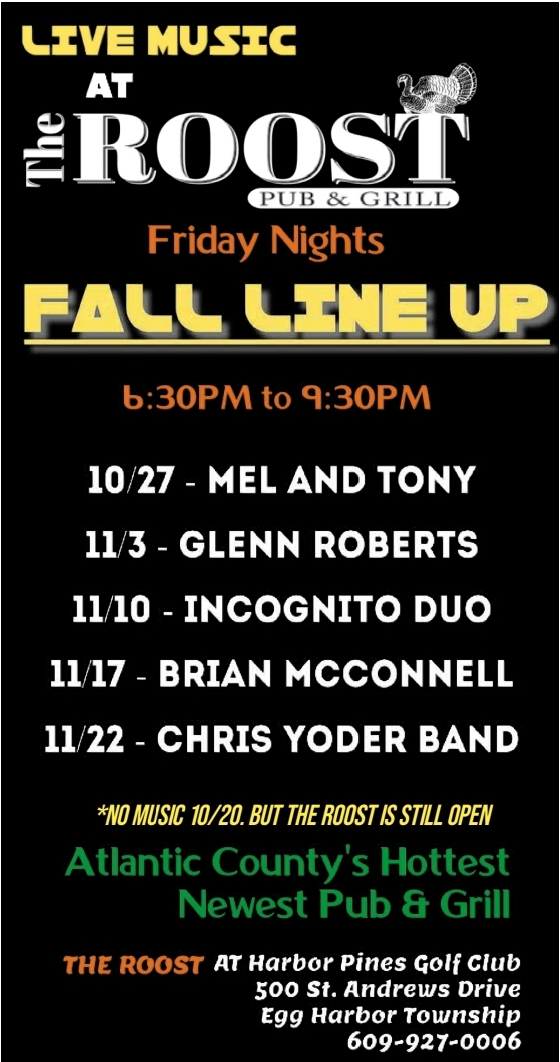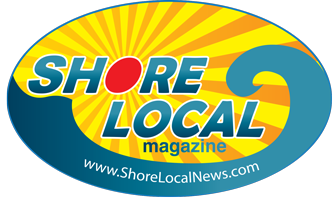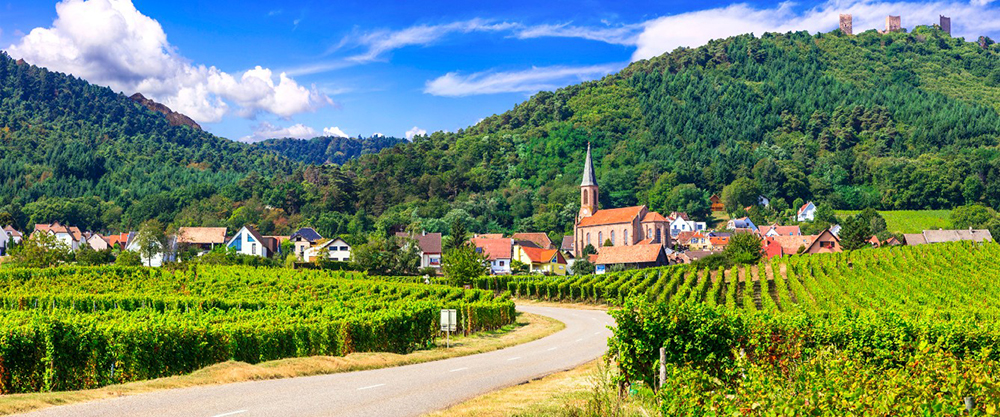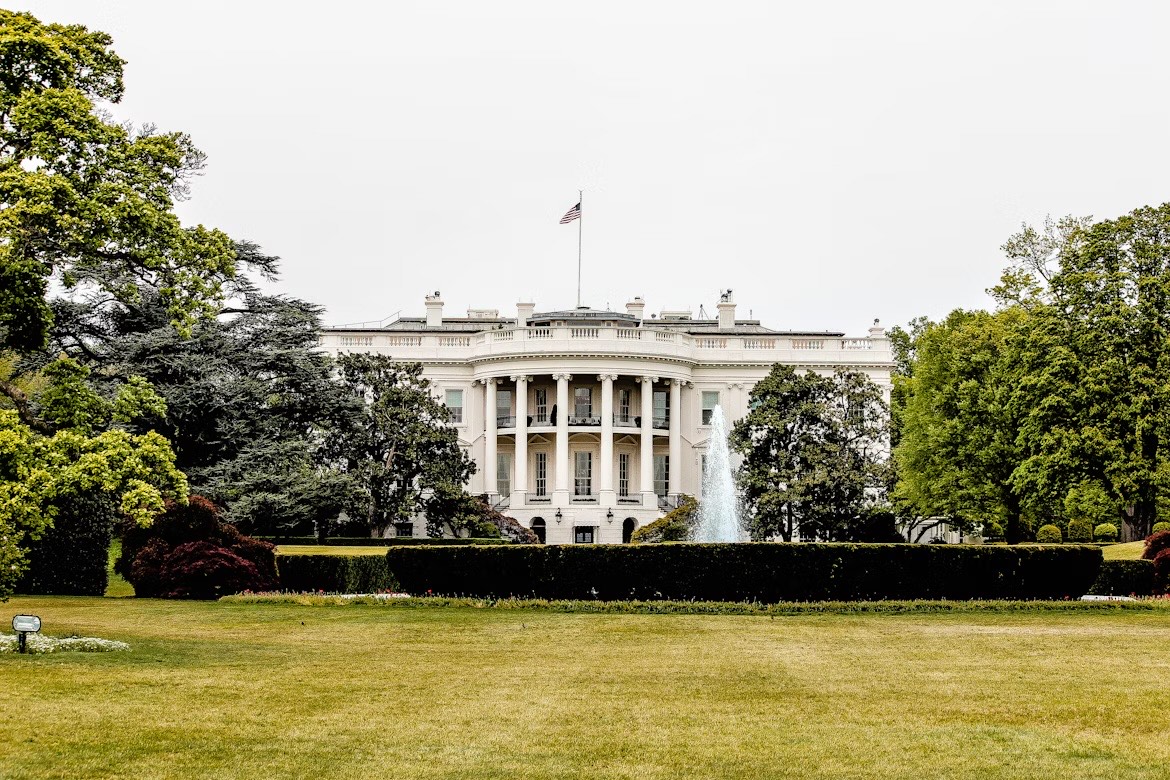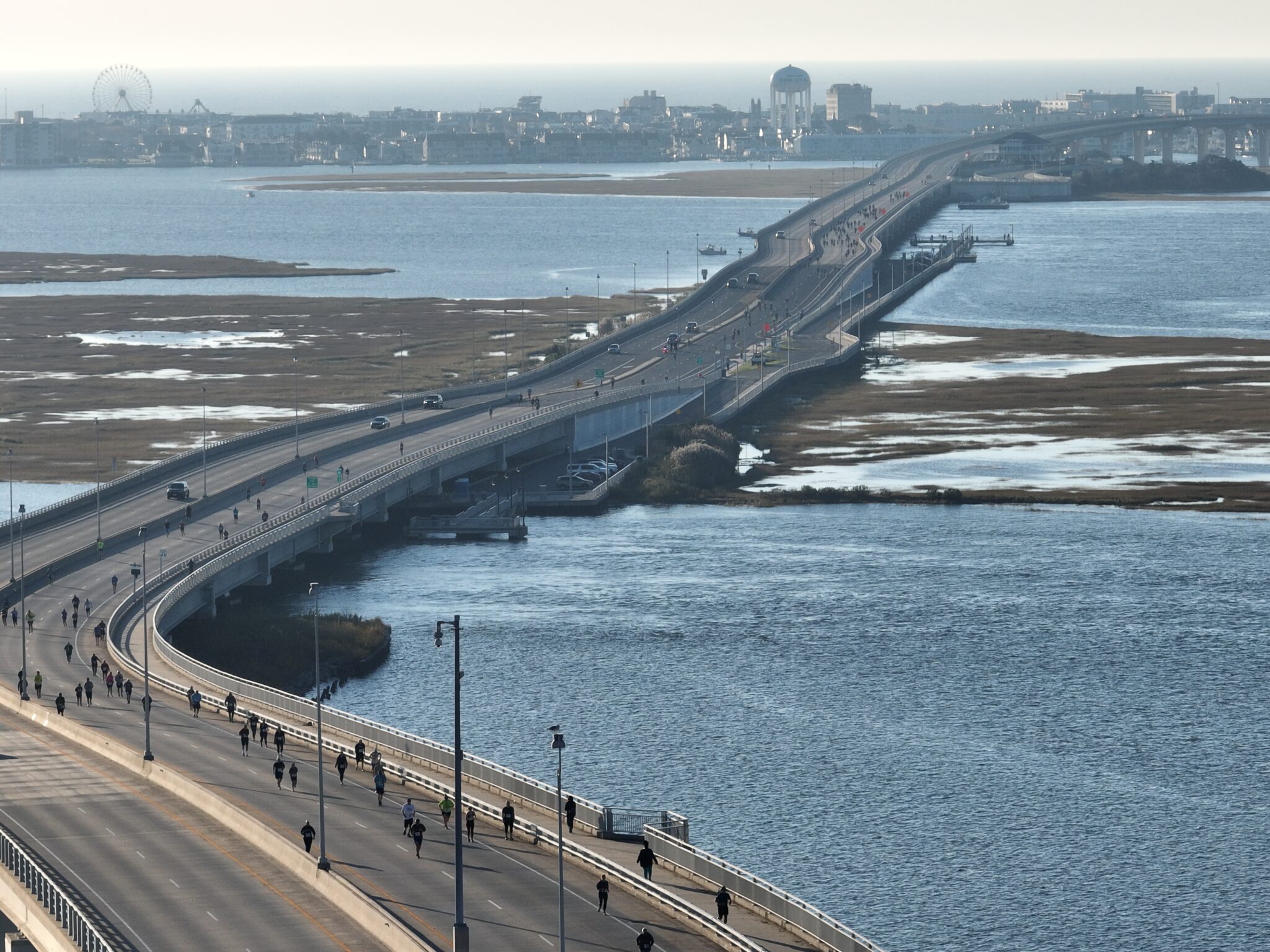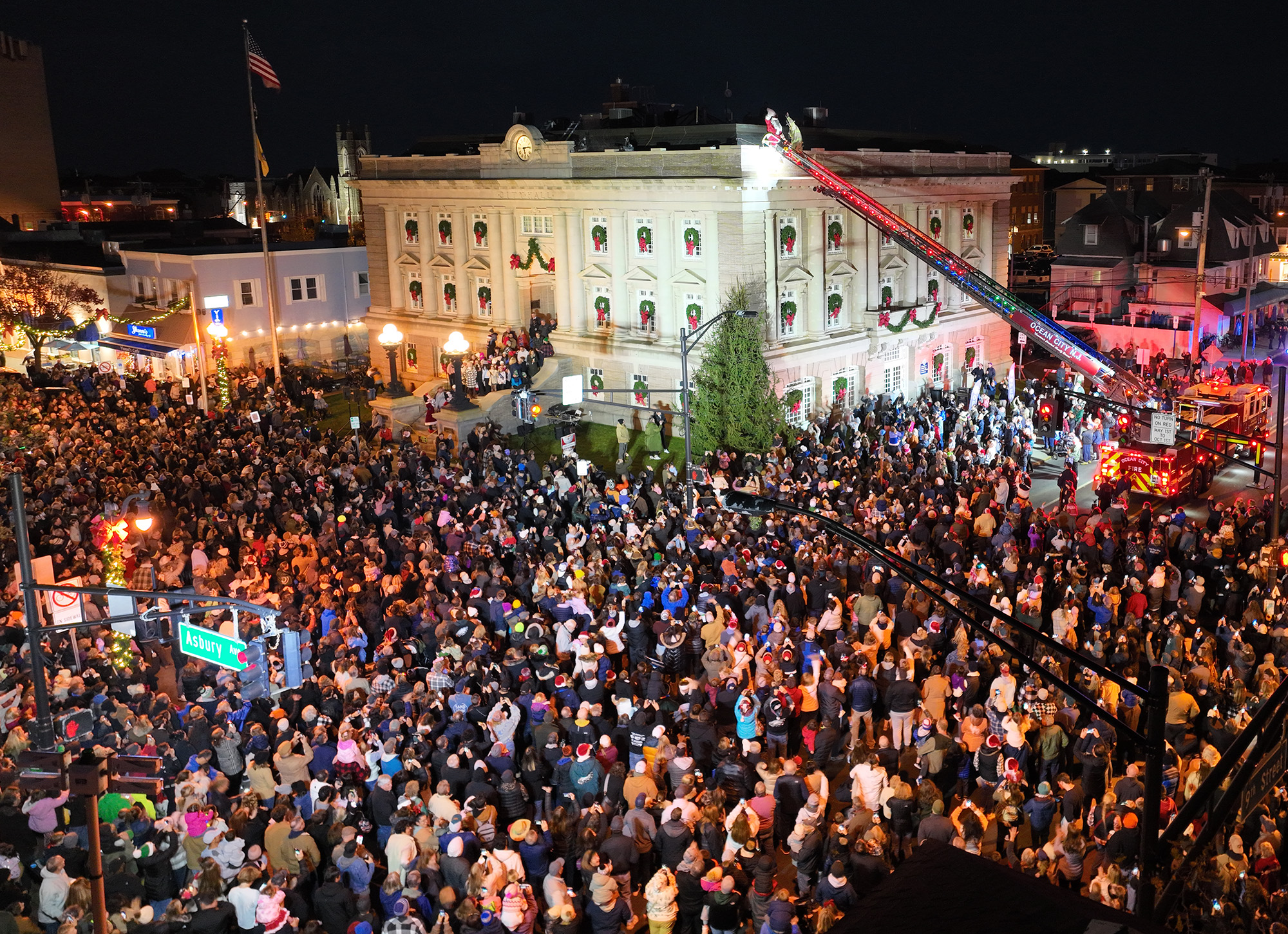By David Setley
The timing of grape harvest, or “vendange” in French, varies by region and varietal. Riesling is among the earliest varietals to be harvested and is often believed (incorrectly) to produce only sweet white wines. The origins of this belief go back to the 1960s when many wines made from the riesling grape were mass-produced and intentionally made to be sweet. For those of you who were around then, you may recall a wildly popular style of German wine called Liebfraumilch (“maiden’s milk”). Blue Nun was one of the more famous Liebfraumilch wines. Riesling was the most recognized varietal in this white wine blend; thus, the sweet drink became what many believed to be representative of a riesling wine. Although popular, this was not what most wine drinkers were looking for in a white wine, so they moved on to other varietals without a second thought to riesling. I’m here to tell you that riesling can produce excellent white wine. Let’s take a deeper dive into this noble grape.
Viticultural research leads us to two potential birthplaces of riesling: the Rhine River regions of Germany or the Alsace region of France. The Alsace region is in the far northeastern area of France very close to the Alps and Germany. The earliest documentation of riesling is believed to be from the 1400s, in which records reference a grape varietal called Rießlingen. The origin of riesling is an ancient French grape named Gouais Blanc. This grape was quite prolific and is believed to be the grandmother of chardonnay, petit verdot, chenin blanc, muscadelle, and gamay. Riesling grapes continue to be grown and produced into outstanding wine in locations such as the Mosel region of Germany, the Alsace region in France, and the Finger Lake region of New York State.

So, is riesling just for lovers of sweet wine? Absolutely not! High-quality rieslings are produced in a wider range of sweetness and dryness than most any other varietal. Juice squeezed from virtually all wine grapes is naturally sweet. What our palate detects as sweet has to do with residual sugar. Winemakers attempt to allow grapes to stay on the vine as long as possible to maximize that sugar. In fermentation, yeast consumes the sugar and converts it into alcohol and carbon dioxide, turning the grape juice into wine. Residual Sugar (RS) is the natural sugar that remains in the wine after the fermentation process. The level of sugar remaining varies based on many factors, including the length of fermentation and the initial sugar level of the juice. Wines are identified as “sweet” if the RS is above 120 grams per liter, or 12% RS. “Semi-sweet” wines have between 35 and 120 g/L, or 3.5% to 12% RS. Wines with between 17 and 35 g/L (1.7% to 3.5% RS) are called “off-dry.” The majority of what we call “dry” wines fall between 0.6 and 17 g/L (.006% to 1.7% RS), while the driest wines, referred to as “bone dry,” have virtually no RS, between 0 and 0.6 g/L. Rieslings can be found in many of these classifications.
If your interest is now piqued, allow me to offer a few riesling recommendations. For those who prefer sweeter wines, Schmitt Söhne, from Mosel Germany, produces some very nice semi-sweet rieslings. Try the Schmitt Söhne Riesling Auslese for one with a fuller body and more intense flavor than many rieslings. The flavors are apricot, nectarine and honey. The residual sugar is 5.5%, placing this wine clearly in the semi-sweet range. Additionally, the acidity is high, making for a crisp and fresh wine to enjoy.
For those looking for a dry riesling, Pierre Sparr vineyards in Alsace, France makes a fantastic option that I am confident dry-wine lovers will enjoy. The Sparr Estate and Vineyards dates back to the 1680s. Pierre Sparr, the current vineyard owner and operator, took on operations at the young age of 20. Try the Sparr Alsace Riesling for a sophisticated and refined representation of the region’s terroir. Although the aroma is floral and sweet, the flavor is focused on the minerality with only notes of the fruit. This wine is very dry with an RS of about 0.6%.
Or, try the Schlosskellerei Gobelsburg Kamptal Riesling 2021 for a classic dry riesling. Schloss Gobelsburg has been in operation for over 850 years and is the oldest winery estate in the Kamptal wine region along the Danube River. With an RS of less than 0.006% and an extremely high level of acidity, the Kamptal Riesling 2021 is sure to appeal to dry-wine lovers. The fruit flavor is green apple and pear with a hint of citrus and honey. The price is quite reasonable for such a wonderful wine.
If you’d prefer to look closer to home, there are many wineries in the Finger Lakes region of New York that produce good rieslings. Recently, Paul Hobbs, the world-renowned winemaker known for his California wines and his joint ventures in Argentina and Spain, planted vines along Seneca Lake to begin wine production in the Finger Lakes. He named the vineyard Hillick and Hobbs, after his parents. Hillick was his mother’s maiden name. Hobbs follows old-world tradition and truly understands terroir. He chose to grow only one varietal in pursuit of producing the best quality wine that Finger Lakes’ terroir can provide: riesling! His grapes are hand-harvested and sorted, and then fermented and aged in stainless steel tanks. His Seneca Lake Dry Riesling has an RS of less than 0.5% and has excellent minerality from the blue slate and glacial shale soil of the land. The aroma is lightly floral; the flavor is stone fruit with a well-balanced acidity and long-lasting finish. Treat yourself to this wonderful wine.
I hope that the next time you seek a white wine, you consider picking up a bottle of riesling. It’s a wonderful varietal! Contact me with any questions or comments at dsetley@passionvines.com, or stop into the Somers Point store. Until next time, happy wining!
David Setley is enjoying his retirement from higher education as a wine educator and certified sommelier at Passion Vines in Somers Point, New Jersey.



